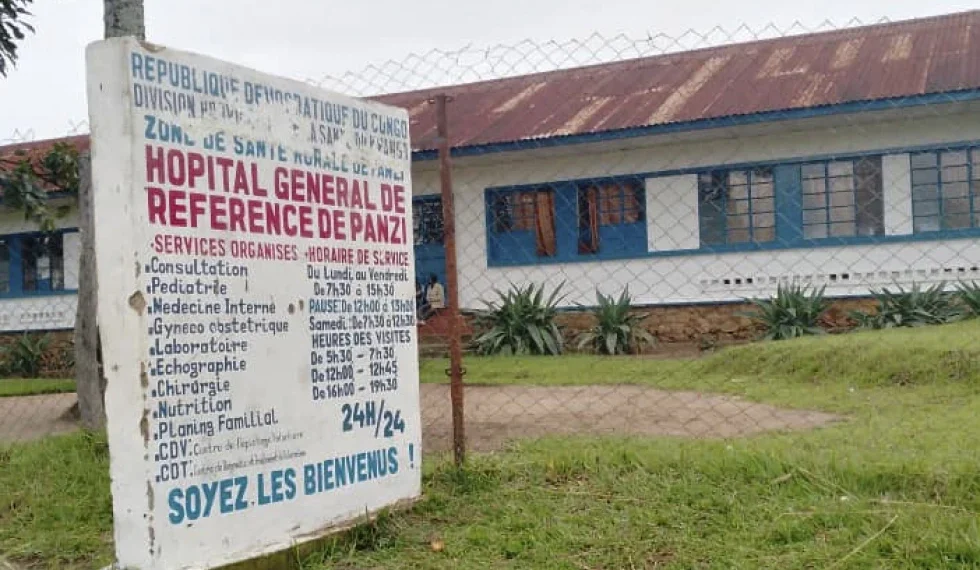Authorities in southwest Congo suspect malaria may be the cause of a mysterious flu-like illness that has claimed dozens of lives in recent weeks. Laboratory tests suggest the disease, which has devastated the remote Panzi health zone in Kwango province, is primarily affecting children.
Dr. Jean-Jacques Muyembe, director-general of the National Institute for Biomedical Research in Kinshasa, shared preliminary findings on Wednesday.
“Of the 12 samples taken, nine were positive for malaria, but these samples were not of very good quality, so we are continuing to research to find out if this is an epidemic. But it is very likely that it is malaria because most of the victims are children.”
Dr. Jean-Jacques Muyembe
The World Health Organization (WHO) is also investigating. WHO director-general Tedros Adhanom Ghebreyesus confirmed on Tuesday that most of the samples tested positive for malaria.
However, he noted the possibility of more than one disease being involved. Further testing is underway to rule out additional pathogens.
The situation is dire. Over the past weeks, 416 cases of the illness and 31 hospital deaths have been reported, alongside 44 additional deaths in the community, according to Congo’s health minister Roger Kamba. Symptoms include fever, headache, cough, and anemia, sparking fears among residents of the region.
Panzi resident Ezekiel Kasongo described his ordeal when his 9-year-old son fell ill. “He had a high fever, a headache, and was very weak,” he said. “We were very worried because of the number of deaths, especially among children, but God be praised, he is out.”
Challenges In Response Efforts
The remote location of Panzi poses significant challenges for health authorities. Situated about 435 miles (700 kilometers) from Kinshasa, it took the National Rapid Response Team and WHO experts two days to reach the area. Local testing facilities are limited, forcing samples to be sent over 500 kilometers to Kikwit for analysis, according to Dieudonne Mwamba, head of the National Institute for Public Health.
Adding to the complexity, the region’s public health infrastructure is strained. Panzi’s population grapples with high levels of malnutrition and low vaccination coverage, leaving children particularly vulnerable.

The area has a history of epidemics, including a typhoid fever outbreak two years ago. Currently, a resurgence of seasonal flu is complicating the diagnosis.
Congo’s battles with infectious diseases are relentless. The Democratic Republic of the Congo (DRC) has endured repeated health crises, with notable epidemics including Ebola and mpox.
Since its identification in 1976, Ebola virus disease (EVD) has caused over ten major outbreaks in the DRC. The 2018-2020 outbreak alone led to more than 35,000 cases and 12,000 deaths, ranking among the deadliest in history.
Mpox is another ongoing concern. As of late 2023, nearly 13,000 cases and 600 deaths have been reported, with a case-fatality rate of 4.5%. Efforts to contain mpox have been hindered by its potential for sexual transmission, complicating public health measures.
These recurring epidemics underscore the urgent need for improved health infrastructure and stronger international support. While the current investigation into the mystery illness continues, authorities emphasize that timely diagnosis and treatment are critical to prevent further loss of life.
In the meantime, residents like Kasongo are clinging to hope as health officials work tirelessly to uncover the root cause of the outbreak.
READ ALSO: Fanteakwa North NPP Candidate Denounces NDC’s Victory, Alleges Electoral Manipulation




















